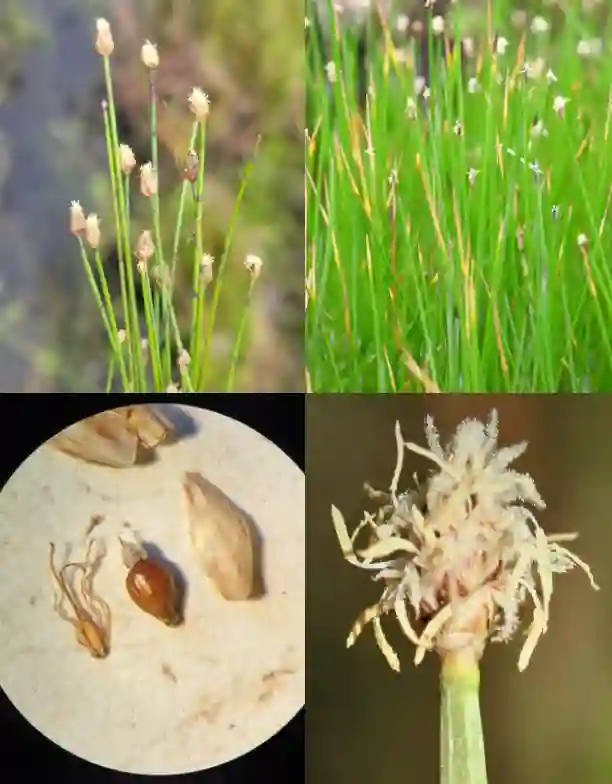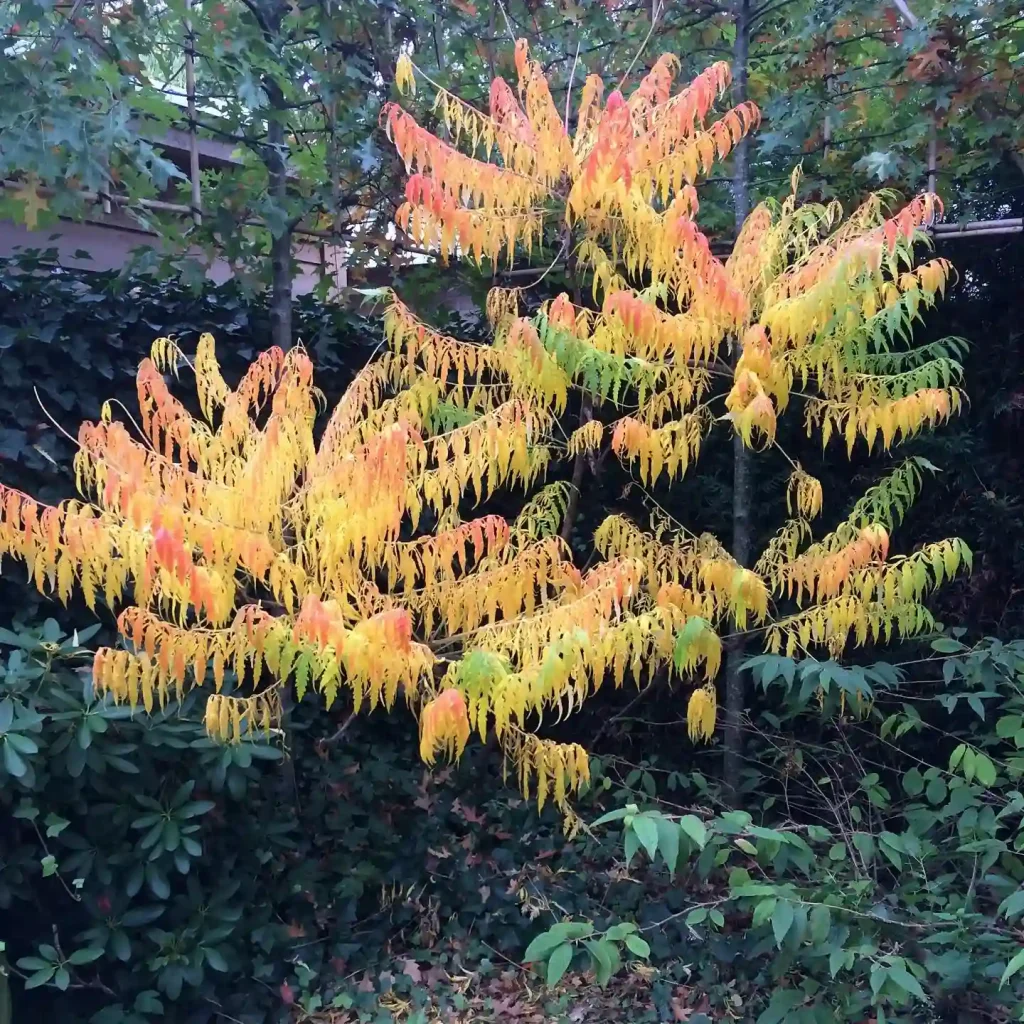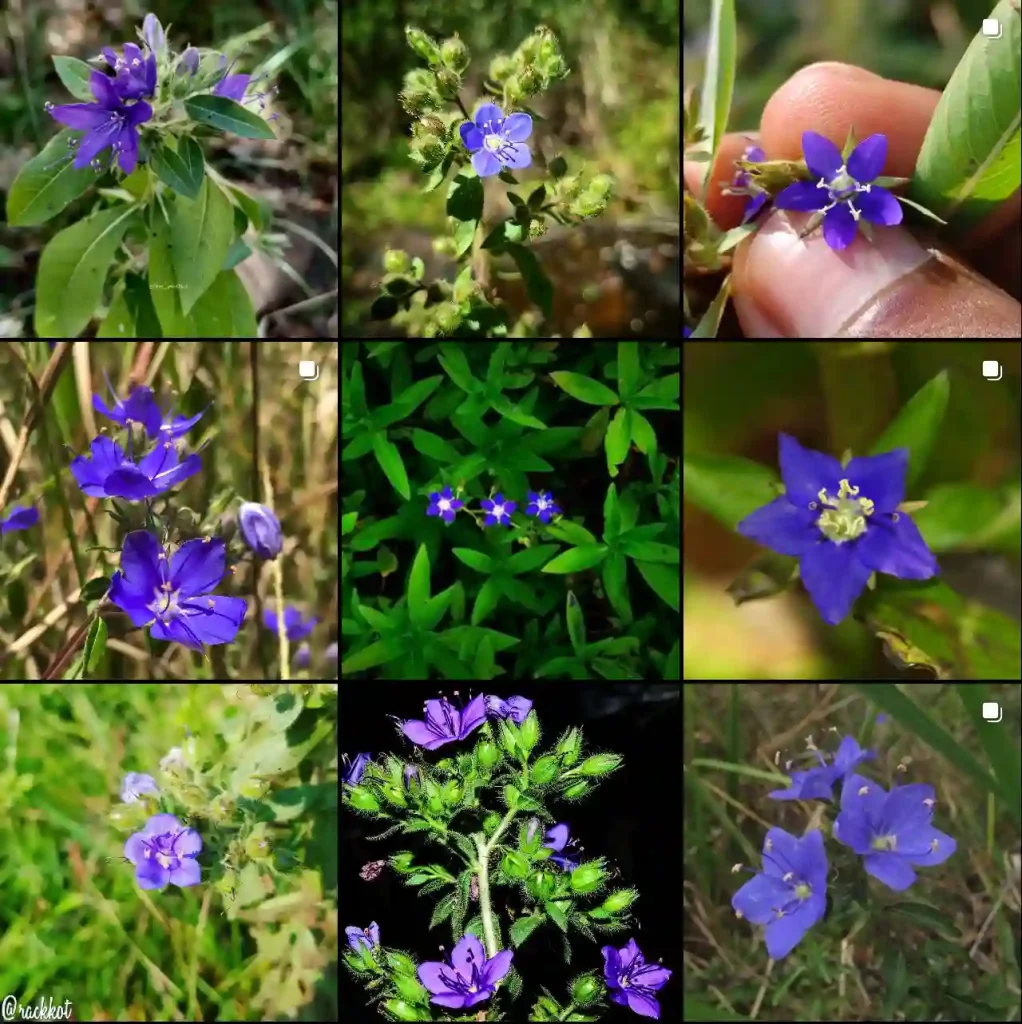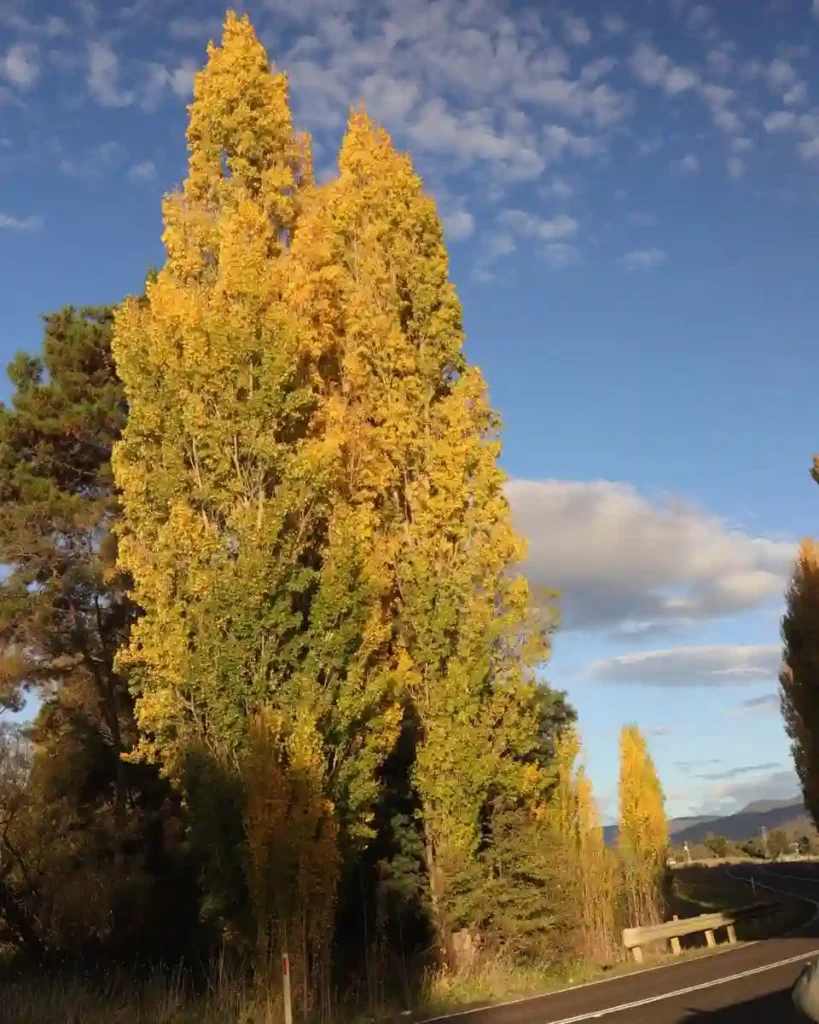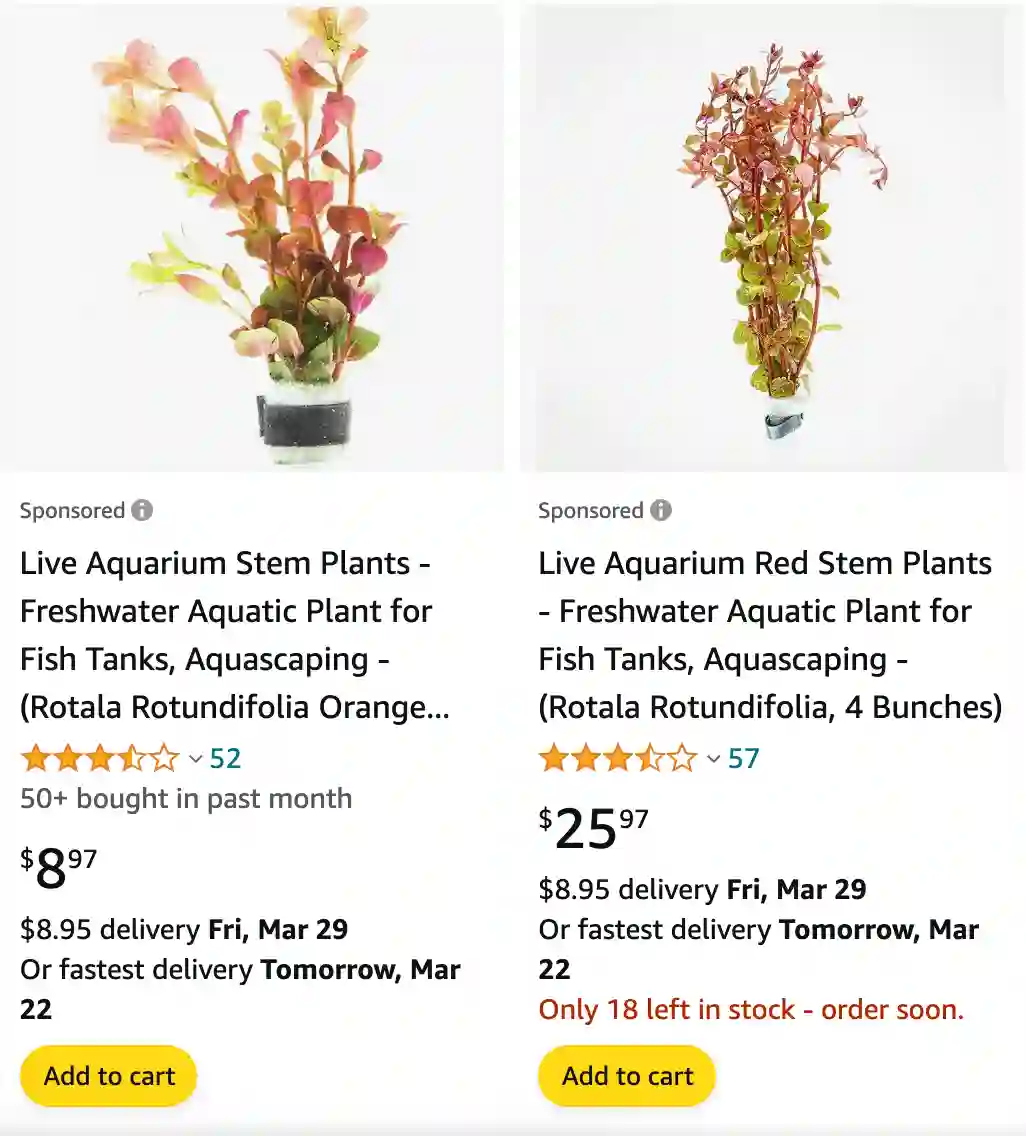
Rotala Rotundifolia vs H’ra
When comparing Rotala Rotundifolia and Rotala H’ra, I find Rotundifolia’s versatility in different lighting conditions makes it easier to care for, while H’ra’s vibrant red coloration is striking under high light.
76 Species in Genus Rotala
Rotala Rotundifolia vs Indica
In the Rotala Rotundifolia vs Rotala Indica comparison, Rotundifolia’s growth pattern is more manageable and predictable for me, but Indica’s unique leaf shape adds a distinctive touch to my aquascape.
How to propagate Rotala rotundifolia?
To propagate Rotala rotundifolia, I usually take cuttings from healthy stems and replant them. It’s pretty straightforward, I trim about 5-10 cm sections from the top of the plant, making sure each cutting has a few leaves. Then, I plant these cuttings into the substrate, ensuring they have enough space to grow without crowding each other. Within a few weeks, I start to see new roots forming, and soon enough, I have new plants ready to thrive in my aquarium.
Does Rotala rotundifolia need CO2?
Yes, Rotala rotundifolia benefits from CO2 supplementation, especially if you want to encourage lush, healthy growth. I’ve experimented with both injected CO2 and liquid carbon supplements, and I’ve found that providing CO2 helps the plants to thrive. It’s not absolutely necessary, but if you want that vibrant growth and intense coloration, it’s definitely worth considering.
How to make Rotala rotundifolia red?
Making Rotala rotundifolia turn red is something I’ve tinkered with quite a bit. It’s all about providing the right conditions. High light intensity and nutrient-rich substrate seem to be the key factors. When I increase the light intensity and ensure that my substrate has enough iron and other nutrients, I start to notice the leaves taking on a beautiful red hue. It’s like watching a masterpiece unfold in my aquarium.
How to plant Rotala rotundifolia?
Planting Rotala rotundifolia is quite simple once you get the hang of it. I usually start by preparing the substrate, making sure it’s nutrient-rich and well-aerated. Then, I gently plant the stems into the substrate, ensuring that they are spaced evenly to avoid overcrowding. It’s important to plant them deep enough so that they can anchor themselves securely but not too deep that they struggle to access nutrients.
Is Rotala rotundifolia easy to grow?
In my experience, Rotala rotundifolia is relatively easy to grow, especially if you provide it with the right conditions. It’s a resilient plant that can adapt to a range of water parameters, although it does prefer slightly acidic to neutral water and moderate to high lighting. With proper care and attention to its needs, it can thrive and add a beautiful touch to any aquarium.
Can Rotala rotundifolia be a pond plant?
While Rotala rotundifolia is primarily grown submerged in aquariums, it can also be grown as a pond plant under the right conditions. I’ve seen people successfully grow it in ponds with still or slow-moving water, as long as there’s enough light and nutrients available. However, it’s essential to monitor its growth and make adjustments as needed to ensure it doesn’t overrun the pond.
Does Rotala rotundifolia need substrate?
Rotala rotundifolia doesn’t necessarily need substrate to grow, but it can certainly benefit from it. A nutrient-rich substrate provides a stable anchor for the plant and can help it access essential nutrients more efficiently. However, I’ve also seen people grow it in tanks without substrate by using other anchoring methods, such as tying it to rocks or driftwood.
How to trim Rotala rotundifolia?
Trimming Rotala rotundifolia is a regular part of maintenance in my aquarium. When the stems start to grow too tall or become overcrowded, I trim them back to promote healthy growth and prevent shading of other plants. I usually trim them just above a node, where new growth is likely to emerge. It’s a simple task that helps keep the plant looking neat and encourages bushier growth.
Is Rotala indica the same as Rotala rotundifolia?
Rotala indica and Rotala rotundifolia are often confused because they belong to the same family and have similar appearances. However, they are different species with some distinct characteristics. Rotala rotundifolia typically has rounder leaves and tends to be more red in coloration when grown under the right conditions, while Rotala indica has narrower leaves and may not exhibit the same intense red coloration.
If i die, water my plants!
